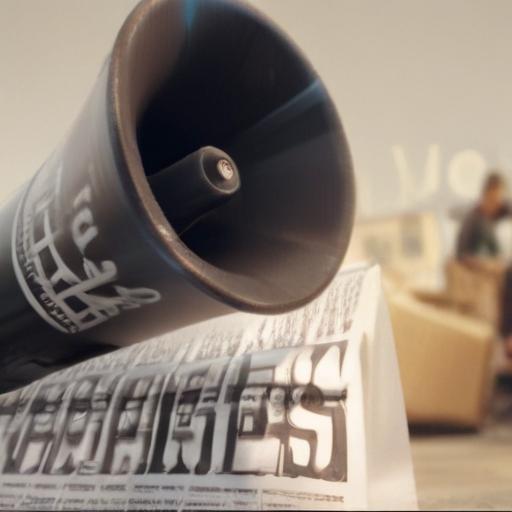Recent events in Los Angeles have sparked intense debate as violent riots erupted, showcasing dramatic scenes of masked protesters lighting cars on fire and confronting law enforcement over issues surrounding illegal immigrant deportation. These actions have led to significant concern among political leaders, particularly from Alabama, where Democratic officials have suggested that these images may represent “AI generated” propaganda designed to misrepresent the situation.
Tabitha Isner, the vice chair of the Alabama Democratic Party, defended the protests and criticized former President Donald Trump’s response to the unrest, claiming that it risks pushing the nation towards civil conflict. She expressed her views on social media, indicating that referring to protests as rebellion while deploying troops against demonstrators could set a dangerous precedent for the country’s democratic rights.
A particular image emerged during these discussions—one depicting a shirtless man holding a Mexican flag atop a damaged car, leading the Houston County Democratic Party to assert that such images could be the product of artificial intelligence. Isner emphasized the necessity of verifying the authenticity of images, highlighting the growing concern regarding AI-generated media.
In contrast, several Republican leaders in Alabama have voiced condemnation of the riots, commending Trump’s decision to deploy the National Guard to restore order. This divide in responses underscores the polarized nature of the political discourse surrounding immigration and protest rights in America today.
This situation points to an urgent need for clear communication and factual reporting in times of unrest, as the narrative surrounding protests can be influenced heavily by public perception and political agendas. The dialogue about the implications of protests and the role of technology in shaping these narratives remains vital in fostering understanding and addressing the underlying issues effectively.
